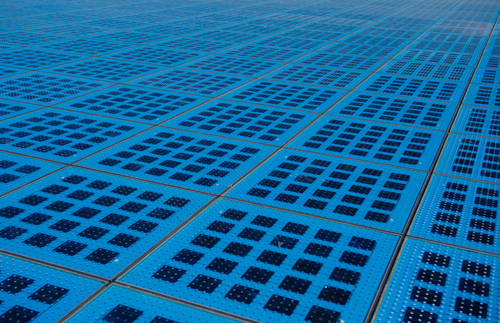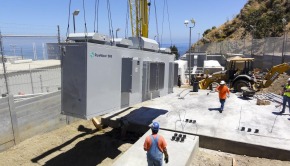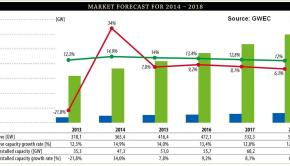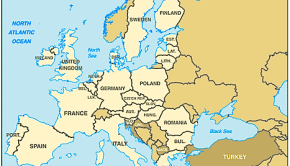Europe Installed Two-Thirds of the World’s New Solar Power in 2011
September 25th, 2012 by James Ayre
Two-thirds of newly installed solar power capacity in 2011 was in Europe, or 18.5 GW. Europe’s total solar power capacity now totals 52 GW. That’s enough electricity to power a country with the energy demands of Austria, which is 2% of the European Union’s total electricity needs. The European Commission’s Joint Research Centre just published these figures and others in its 2012 Photovoltaics Status Report released on September 24th.
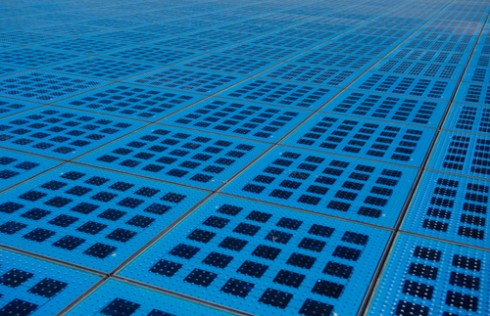
Solar power plant in Croatia, via Shutterstock
The report summarizes and analyzes all of the current goings-on in the world-wide solar power market; everything regarding manufacturing, policies, and market implementation.
The solar power industry has grown by an average of over 40% per year in Europe for the past decade, at the same time as production costs have decreased by around 60%. This substantial growth has been enabled by the EU’s belief in the power of photovoltaic systems “as a means to achieve the goal of using 20% of renewable energy by 2020.”
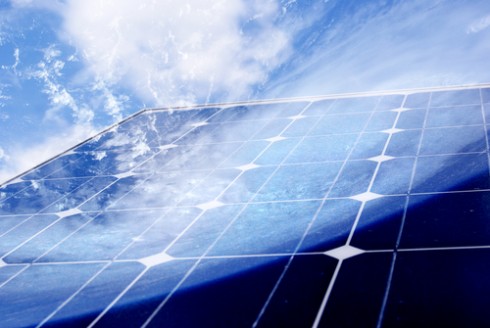
Solar panel in Europe, via Shutterstock
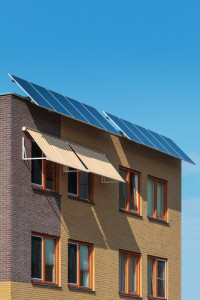
Solar panels on edge of roof in Europe, via Shutterstock
“Germany, Italy, Spain, the Czech Republic, France, Belgium, and the United Kingdom are the leaders in installed PV capacity in Europe…. Since 2000, world-wide, total PV production had growth rates of between 40 and 90%. The most rapid growth in annual production over the last five years was observed in Asia, where China alone accounts for more than 50% of the world’s PV production. In addition, for the second year in a row, solar power was the renewable energy that attracted most investment, with a total of 98.5 billion euros world-wide, of which two thirds were concentrated in Europe.”
Currently, the main challenge for the European solar power industry is the enormous investment that its competitor, China, is making in PV manufacturing, “which has led to an economy of scale in manufacturing in that country. However, the delivery of manufacturing equipment from Europe to Asia is still beneficial as Europe still has the lead in PV research and development, thereby innovating the European PV manufacturing equipment industry.”
The new report also highlights that solar power technology and installations are a global business and that future innovative technologies could likely arise out of international cooperation, in partnerships formed with Asia and with the United States.
Also highlighted is the potentially huge growth possible in the innovation of both energy efficiency and improved design in buildings. Solar power modules could be built and incorporated directly as building materials, “functioning as an insulation material and fostering a new ‘European PV-architecture,’ whilst at the same time providing one of the key technologies required to achieve zero emissions buildings.”
Source: European Commision, Joint Research Center (JRC)
Keep up to date with all the hottest cleantech news by subscribing to our (free) cleantech newsletter, or keep an eye on sector-specific news by getting our (also free) solar energy newsletter, electric vehicle newsletter, or wind energy newsletter.


